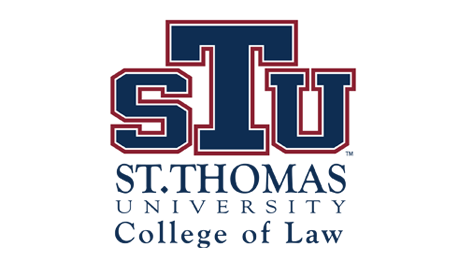Pedagogically Sound Cuts, Tighter (Not Looser) Accreditation Standards, And a Well-Oiled Doomsday Machine: The Responsible Way Out of The Crisis In Legal Education
Document Type
Article
Publication Title
Rutgers Law Review
Abstract
This Article outlines the actual causes of exorbitant tuition and graduate unemployment, the pedagogical problems posed by the proposed solutions urged upon the ABA as the accrediting body for law schools, and the solutions that will preserve legal education as both a public and a private good. Part I traces the underlying causes of the crisis: too many law schools flooding a contracting job market with graduates, new schools popping up all the time as revenue centers for cash-strapped universities and predatory entrepreneurs, and tuition reflexively raised each year according to what the heretofore-endless traffic-propped up by student loans-would bear. Part II explains how the current proposals for fixing legal education are blind to the needs of most law students at the vast majority of law schools, to their future clients, and to the need for an independent, scholarly critique of law and the legal system. It is argued that, with the underdeveloped critical-thinking and writing skills of today's college graduates and with LSATs in free fall, a faculty of predominantly full-time educators is essential to the development of analytical skills and professional competency in students. The proposed deregulation of legal education, this Article argues, is no more the solution to what ails law schools than the deregulation of banking and finance would have been with the housing and derivatives bubbles. I assert that taking legal education out of the academy and dropping it into the world of trade schools is not the answer. Part III outlines solutions that address the crisis on both its fronts: first, by cutting tuition and graduate debt as much or more than the standard proposals, but in a way that preserves the pedagogical advances of the past 140 years; and second, by facilitating a market correction in the oversupply of law schools exacerbating lawyer unemployment even now. The first goal, it is posited, will be achieved through: (1) the adoption of a new ABA accreditation standard severely restricting the central university's diversion of law school revenues and thus disincentivizing the run-up in tuition; (2) wage concessions on the part of faculty and administrators; and (3) increased teaching loads that will lead to smaller faculties and significantly leaner operations. Progress toward the second goal, it is explained, will require the ABA and the states to enforce the current regulatory mechanisms-which constitute a doomsday machine for lower-end law schools-as LSAT scores and then bar passage rates fall. And finally, this Article urges the adoption of an additional ABA standard requiring start-up schools to prove a need for their services in order to stem the tsunami of new schools.
First Page
215
Last Page
246
Publication Date
Winter 2014
Recommended Citation
Jay Sterling Silver, Pedagogically Sound Cuts, Tighter (Not Looser) Accreditation Standards, and a Well-Oiled Doomsday Machine: The Responsible Way out of the Crisis in Legal Education, 66 Rutgers L. REV. 353 (2014).

